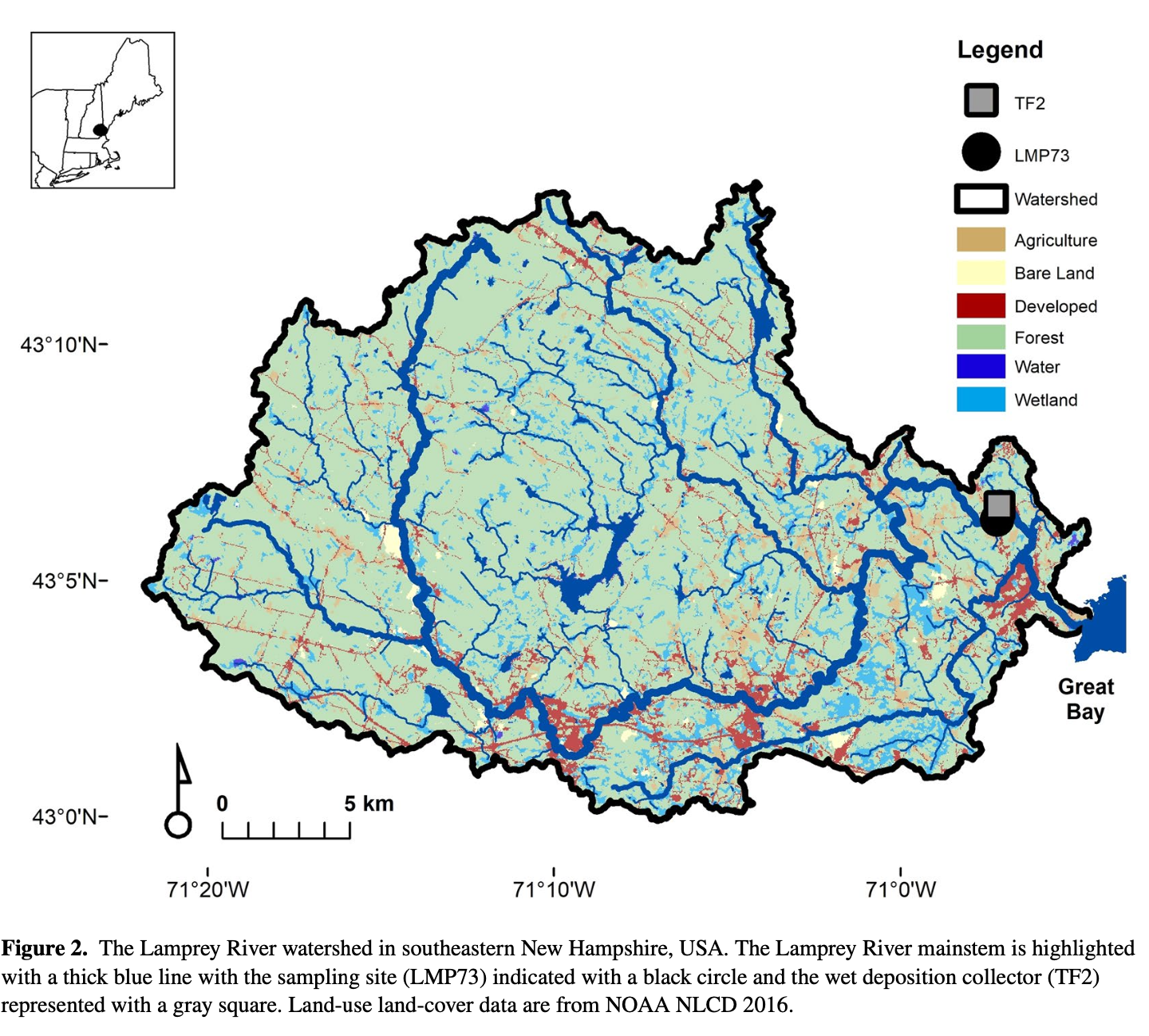"Research, involving experts from multiple disciplines, revisited and rigorously tested the power-law function using contemporary data and methodologies."
Collaborative Reaffirmation of the Power-Law in Watershed Science
Posted: December 18, 2025

The study of watershed material export, pivotal for understanding environmental dynamics, has long relied on the power-law function as a fundamental tool in concentration-discharge (C-Q) analyses.
This approach, deeply rooted in watershed science, traces back to Francis Hall's groundbreaking work in the early 1970s. Hall's use of the power-law function, defined as C = aQ^b, provided a simple yet powerful means to relate solute concentration (C) to discharge (Q).
Despite its widespread acceptance and application, this method had not undergone significant scrutiny or modernization in over five decades.
"Revisiting the Origins of the Power-Law Analysis for the Assessment of Concentration-Discharge Relationships" describes collaborative research, involving experts from multiple disciplines, which rigorously tested the power-law function using contemporary data and methodologies.
As the paper authors state, "Understanding how solute concentrations respond to changes in river flow remains a fundamental challenge in water resources science." They emphasize the significance of C-Q relationships in understanding how watersheds are structured and function.
Analyzing eight years of specific conductance data, integrating high-frequency and weekly measurements, the team evaluated Hall's original models using sophisticated model selection criteria. This comprehensive analysis was aimed at not only testing the power-law's validity but also at comparing its performance with other models, such as the log-linear functional form.
The findings from the team's study were illuminating. While the power-law analysis continues to stand out for its effectiveness, other models demonstrated equal capability in watershed material export analysis. This result confirms the power-law's enduring relevance in modern environmental science. However, it also underscores the importance of continued collaboration and innovation in this field.
Interestingly, the model performances varied with the sampling method, indicating the influence of data collection techniques on model outcomes. More complex models generally underperformed, particularly in predicting concentration at flow extremes, due to constraints in fitting model parameters to the observed data.
This research not only reaffirms the power-law's position in watershed science but also highlights the need for ongoing collaborative efforts to refine and diversify C-Q analysis models.
The authors remark, "Future studies could further parameterize C-Q analyses for more insight on the mechanisms driving solute-discharge relationships."
Adam S. Wymore
Hannah M. Fazekas
Shannon L. Speir
William Larsen
Dustin W. Kincaid
Kristen L. Underwood
William H. McDowell
Desneiges S. Murray
Arial J. Shogren
Alex J. Webster

 Big Data
Big Data